How to Select the Perfect Side Table to Elevate Your Living Space Design
In modern interior design, the side table has evolved from a mere functional piece to an essential element that enhances the aesthetics and usability of a living space. According to a recent report by the Interior Design Association, approximately 65% of homeowners consider side tables crucial for optimizing their living environments, not just for practicality, but for styling as well. With a range of styles, sizes, and materials available, selecting the perfect side table can significantly elevate the overall design of a room. Whether you're looking to complement a contemporary setup or add a vintage touch, understanding key factors such as scale, function, and design harmony can make the difference in creating an inviting atmosphere. This guide aims to provide insights into what to look for when choosing a side table that not only fits your needs but also enhances your living space's interior design.
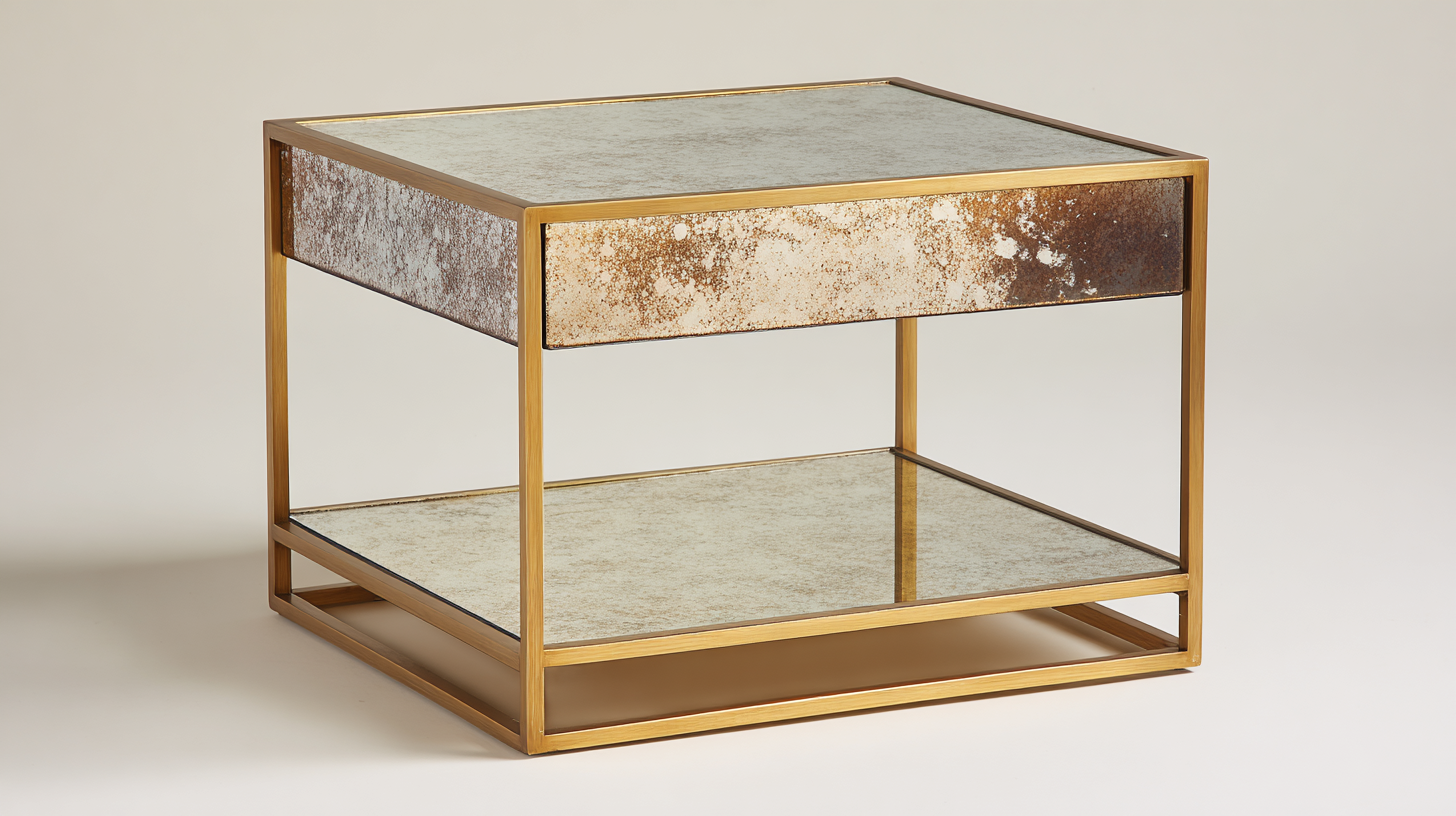
Understanding the Role of a Side Table in Living Space Design
In the realm of living space design, the side table plays a multifaceted role that extends beyond mere functionality. It serves as a crucial element that bridges practicality and aesthetics, helping to enhance the overall ambiance of a room. By providing a convenient surface for items like lamps, books, or decorative pieces, a well-chosen side table can significantly affect the room's layout and flow.
Moreover, a side table often embodies the personality of a space. Whether you opt for a minimalist design, a rustic piece, or a modern geometric style, the side table can become a focal point that ties together different design elements in your room. Its material, color, and form should complement other furnishings while also reflecting your personal taste. Ultimately, integrating the right side table into your living space can elevate the design, creating a harmonious balance between utility and style.
How to Select the Perfect Side Table to Elevate Your Living Space Design
| Side Table Style | Material | Size (inches) | Functionality | Ideal Room |
|---|---|---|---|---|
| Modern | Metal | 20 x 20 x 24 | Stylish storage | Living Room |
| Rustic | Wood | 24 x 24 x 20 | Display space | Bedroom |
| Industrial | Reclaimed Wood | 18 x 18 x 22 | Multifunctional | Office |
| Contemporary | Glass | 22 x 22 x 24 | Minimalist style | Living Room |
| Vintage | Acrylic | 16 x 16 x 19 | Compact design | Small Spaces |
Key Considerations for Size and Scale in Side Table Selection
When choosing the perfect side table for your living space, size and scale play crucial roles in determining how well the piece integrates into your overall design. First, consider the height of the side table in relation to your sofa or chair. Ideally, the table should be at or near the height of the armrest, allowing for convenient access to drinks, lamps, or books without awkward reaching or straining. A table that is too tall can overwhelm the seating area, while one that is too short may become insignificant in the space.
Next, the width and depth of the side table should complement the surrounding furniture. If your seating arrangement is spacious, a larger table can serve as a striking focal point, adding both functionality and aesthetic appeal. Conversely, in cozier setups, a slender or round table can help maintain a sense of openness and flow. Additionally, consider the overall scale of the room; a delicate side table may get lost in a vast space, while a robust, oversized piece in a small room can create a sense of clutter. Balancing size and scale creates harmony and enhances the design of your living space.
Side Table Size and Scale Considerations
Material Matters: Choosing the Right Finish for Your Aesthetic
When selecting the perfect side table to enhance your living space, the finish and material of the table can dramatically influence the aesthetic appeal. Just as the construction of quality cookware is vital for functionality in the kitchen, the choice of material in furniture design is equally essential. A side table made from natural wood, for instance, can bring a warm, organic feel to the room, evoking a sense of comfort and sophistication. On the other hand, a sleek metal or glass finish might lend a modern touch, creating a more minimalist vibe.
Consider not only the look but also the durability and maintenance associated with each material. For instance, while wood offers timeless charm, it may require more care to prevent wear over time. Conversely, surfaces like metal or treated laminate can provide longevity and ease of cleaning, making them great for busy households. By understanding the properties of different materials, you can select a side table that not only complements your overall design but also reflects your personal style and daily needs.
Exploring Styles: Matching Your Side Table to Existing Decor
When selecting a side table to complement your living space, it's essential to consider existing decor elements and styles. A side table is not just a functional piece; it can serve as a focal point that ties together various design elements in your room. For instance, if your decor leans towards minimalism, opt for streamlined designs with neutral colors and simple forms to maintain that airy, uncluttered aesthetic. Conversely, if your style is more eclectic, a bold, colorful side table can add personality and act as a conversation starter.
Incorporate trending designs into your selection process by exploring new materials and styles. For example, the retro eclectic trend has gained popularity, bringing back a 70s vibe that can infuse warmth and nostalgia into modern spaces. Look for side tables that combine vintage silhouettes with contemporary finishes to achieve this harmonious blend. Whether you prefer wood, metal, or glass, choosing a side table that resonates with your overall style will enhance your living area while ensuring functionality.
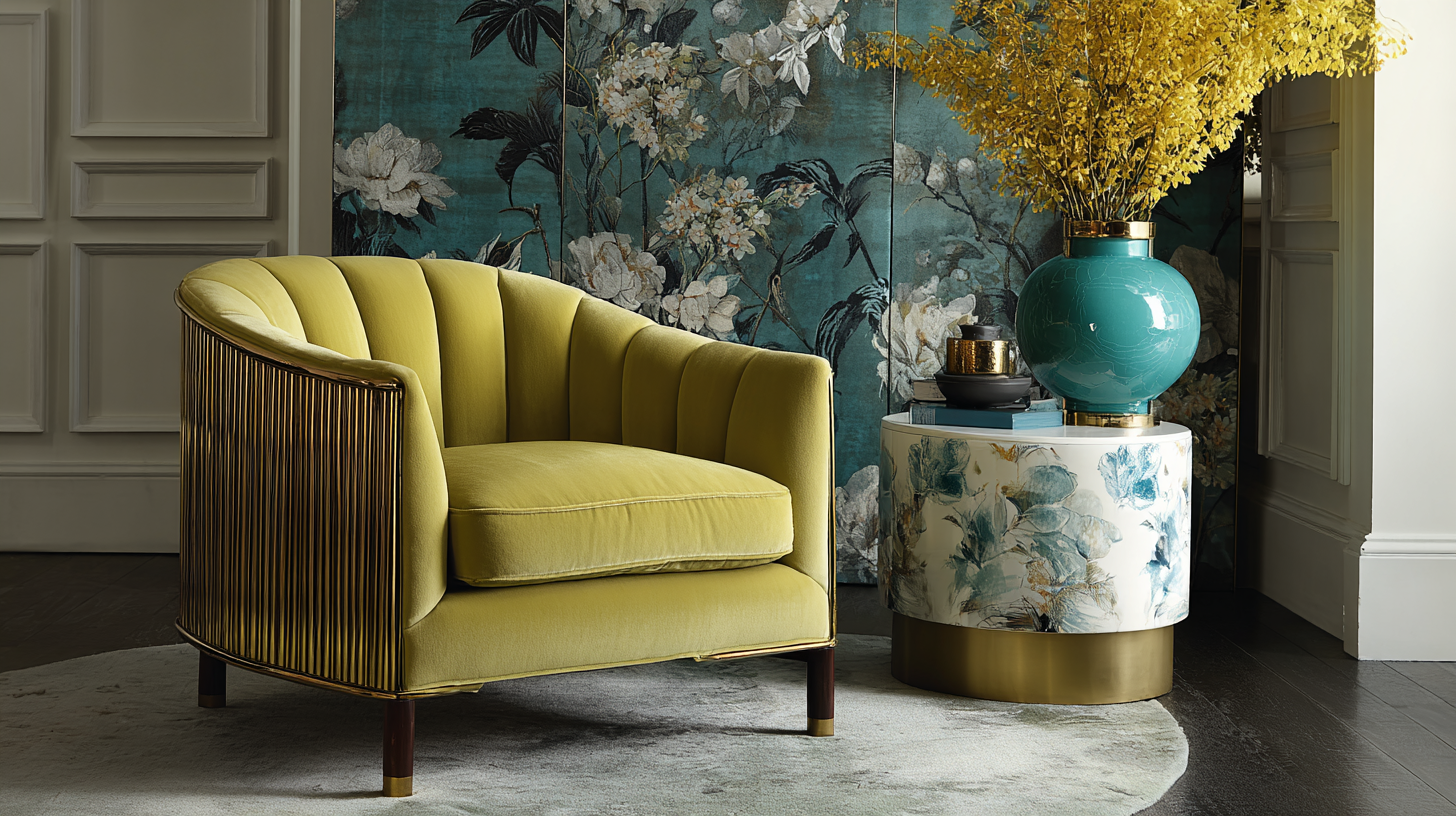
Functional Features: Prioritizing Versatility and Storage Options
When selecting the perfect side table, functionality should be a primary consideration, particularly focusing on versatility and storage options. According to a recent survey by the American Home Furnishings Alliance, nearly 70% of consumers prioritize multi-functional furniture in their living spaces, as it enhances overall functionality without compromising on style. This trend highlights the shift towards furniture that serves more than one purpose, making side tables not just decorative pieces but essential components of effective space management.
Moreover, the increasing demand for storage solutions is evident in the 2022 Home Design Report, which found that 65% of homeowners consider storage capacity a crucial feature when purchasing side tables. Incorporating side tables with drawers or shelves can significantly improve organization within your living space.
For example, a side table with an integrated storage compartment can effectively reduce clutter, keeping essential items within reach while maintaining a clean aesthetic. By choosing a versatile and storage-focused side table, you can elevate your living space both functionally and stylistically.
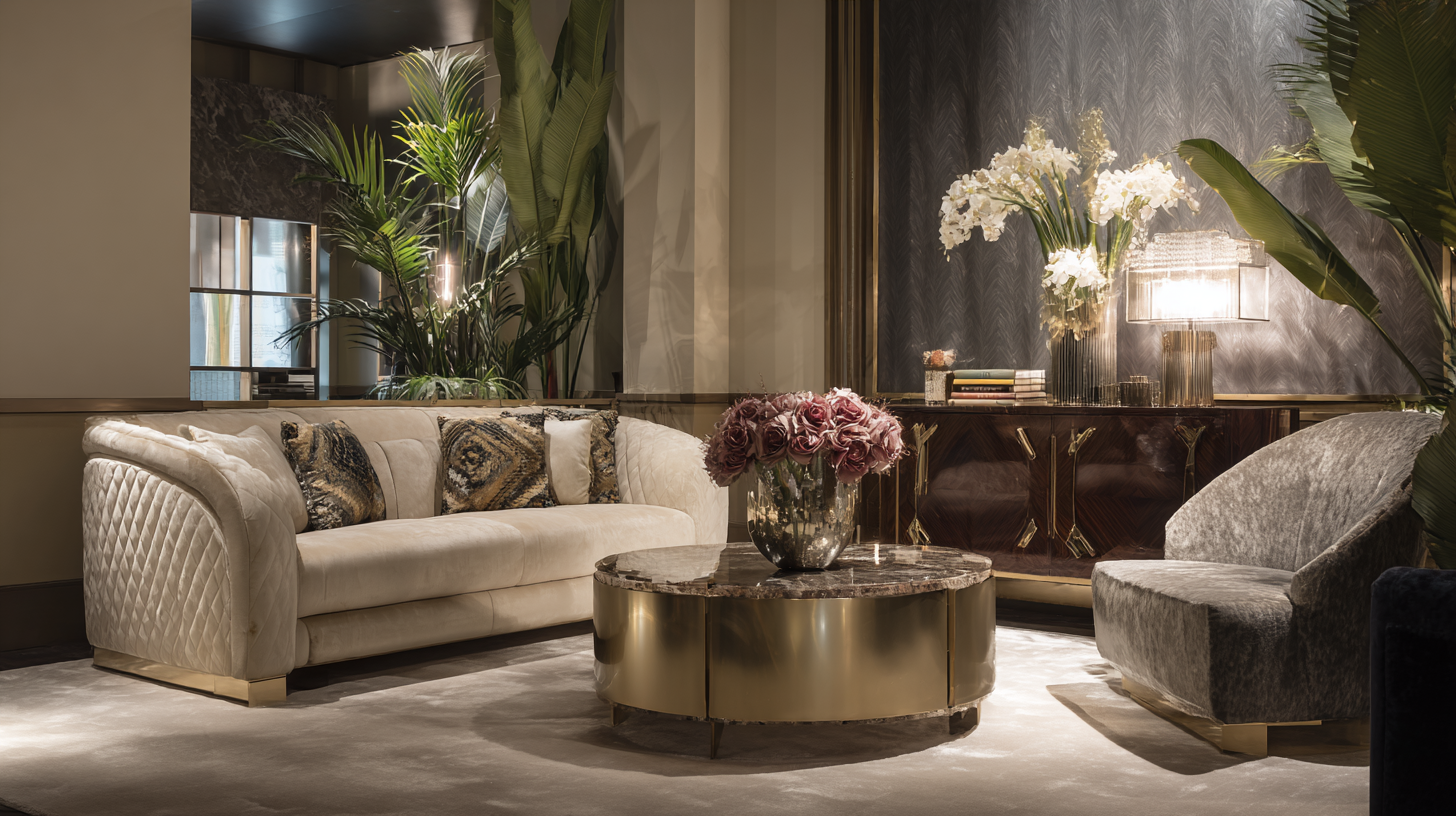
Related Posts
-
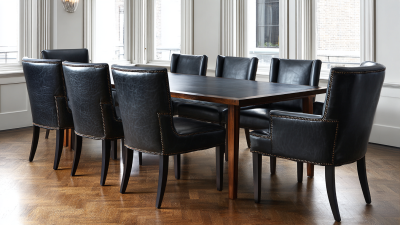
Exploring the Versatility and Features of Best Black Dining Chairs for Every Home Style
-
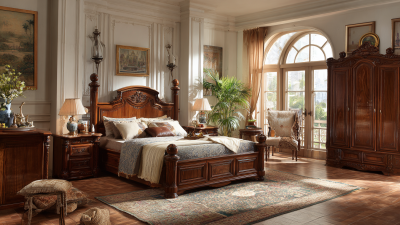
Maximizing Value with Best Bedroom Furniture Sets through Exceptional After Sales Support and Cost Effective Repairs
-
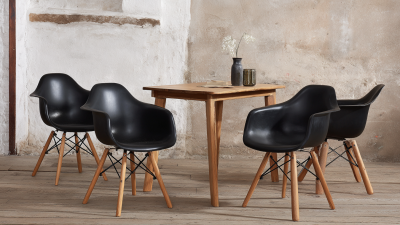
Navigating Import and Export Certifications for Sourcing the Best Black Dining Chairs Globally
-
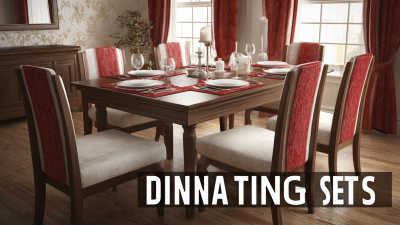
Emerging Trends in Dining Table Sets for 2025 Your Ultimate Guide to Making the Best Choice
-
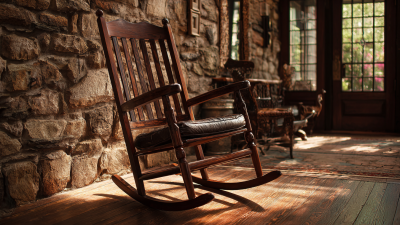
How to Choose the Best Rocking Chair for Your Comfort and Style
-
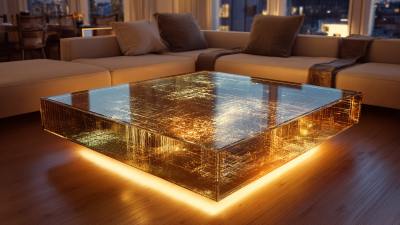
The Future of Coffee Tables in 2025 A Comprehensive Guide to the Next Big Trends

